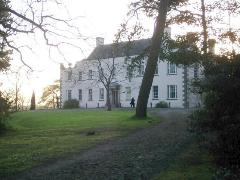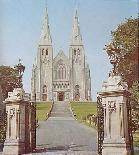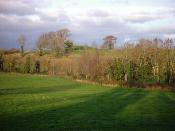
|
Google
map of County Armagh
|
|
|
Find activities, businesses, services and lots more in County Armagh. Auto Breakers | Auto Factors | Baby Shops | Beauty | Boarding Kennels | Boat Charter | Building Contractors | Bridal | Cake Shops | Calligraphers | Camp Sites | Car Boot Sales | Chemists | Concrete Products | Creche | Cycle Shops | Driving Schools | Eat Out | Equestrian | Engineering | Estate Agents | Fabric Shops | Fishing | Fishing Tackle | Florists | Garden | Golf | Guest | Hairdressers | Hardware |Hotels | Jewelers | Lingerie | Men's Wear | MOT Preperation | Museums | Music Sessions | Night Clubs | Nursing Homes | Open Farms | Pet Shops | Photographers | Plumbers | Public Houses | Secretarial Services | Self Catering | Shoe Shops | Skip Hire | Skip Hire | Taxi | Trailers | Travel Agents | Tyres | Wedding Transport | |
|
Advertise with
us. |
|||||||
Lurgan and Portadown are industrial towns that owe their importance largely to the linen industry, which is now in decline. Keady, Markethill, Newtownhamilton, and Crossmaglen are small market towns with some light industry. Richhill and Loughgall are market Centre's for apples and strawberries. Armagh, the former county town, is now the administrative seat of the district. It manufactures textiles, chemicals, optical equipment, and processed foods. In the mid 70's an experiment was embarked upon to build a new city Craigavon based on the towns of Lurgan and Portadown. Thousands of acres were compulsorily purchased. New road systems and housing estates were built and cash incentive schemes were introduced to encourage people to settle in the area, this was only partly successful as a lot of people came collected their cash and left and in many cases leaving the new houses devoid of their plumbing and fittings. The Goodyear tire and rubber company built a large factory which was in operation for several years It is said that when its incentive schemes expired they too found it more expedient to move on. Read about County Armagh from Lewis' Topographical Survey of Ireland 1837. Armagh got its name which means (Macha's
Height) In the 5th century St Patrick built the first of his two churches in Armagh at a place he called 'my sweet hill' It grew to be the ecclesiastical Capital of Ireland The orchard county of Ireland, apples
were once a very large industry, there still are extensive
orchards, but their financial contribution to the economy
is not as great as it once was. Many of the 17th-century settlers
here came from Worcestershire and laid out the orchards on
the same pattern as those in the Vale of Evesham. You will find images of County Armagh on this page. Read about Loughnashade near Navan Fort, said to contain royal jewels guarded by a Chinese dragon. |
|||||||
|
|
 |
||||||
|
|
Google
Map of County Armagh. |
||
|
|
||
|
|

 Northern
Ireland. It extends from the shore of Lough Neagh in the north
to the border with the Republic of Ireland in the south and
west. It is bounded by County Tyrone to the west and County
Down to the east. Since the reorganization of local government
in 1973, much of the county has formed the district of Armagh.
Other parts have been included in the districts of Dungannon,
Banbridge, and Newry and Mourne.
Northern
Ireland. It extends from the shore of Lough Neagh in the north
to the border with the Republic of Ireland in the south and
west. It is bounded by County Tyrone to the west and County
Down to the east. Since the reorganization of local government
in 1973, much of the county has formed the district of Armagh.
Other parts have been included in the districts of Dungannon,
Banbridge, and Newry and Mourne. 
